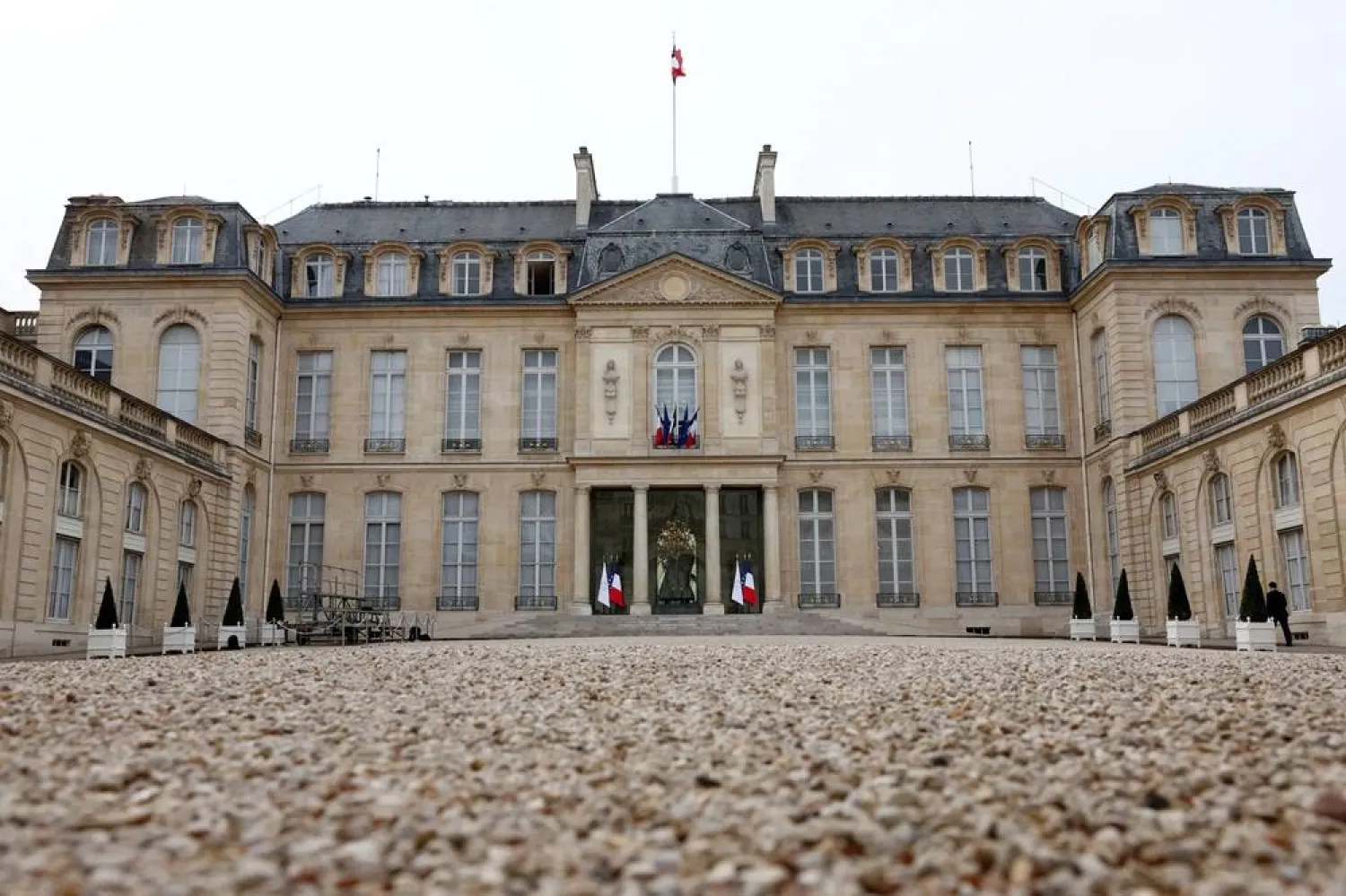A photographer has captured beautiful images of how snow has blanketed sand dunes in the Sahara Desert as temperature significantly dropped. Ice created stunning patterns, however, there probably wasn’t quite enough to build a life-size snowman or an igloo just yet, The Metro reported.
The area is more commonly known for its hot and dry climate – but very rarely, this striking sight is seen.
Karim Bouchetata took the photos near the town of Ain Sefra in northwest Algeria on Jan. 20, where temperatures fell to -2C. The area is around 1,000 meters above sea level and surrounded by the Atlas Mountains, so it has sometimes seen snow before.
Even then, however, the phenomenon is rare – with snow just five times in the last 24 years in 1979, 2016, 2018 and 2021.
Ain Sefra is known as ‘The Gateway to the Desert’. The Sahara Desert covers most of Northern Africa and it has gone through shifts in temperature and moisture over the past few hundred thousand years. Most of the time, the desert is much hotter with an average temperature during the day of 38C – and a heat record of over 50C.
Snow is very rare in the desert because there is not usually enough water in the air for it, even though it can get very cold at night.









